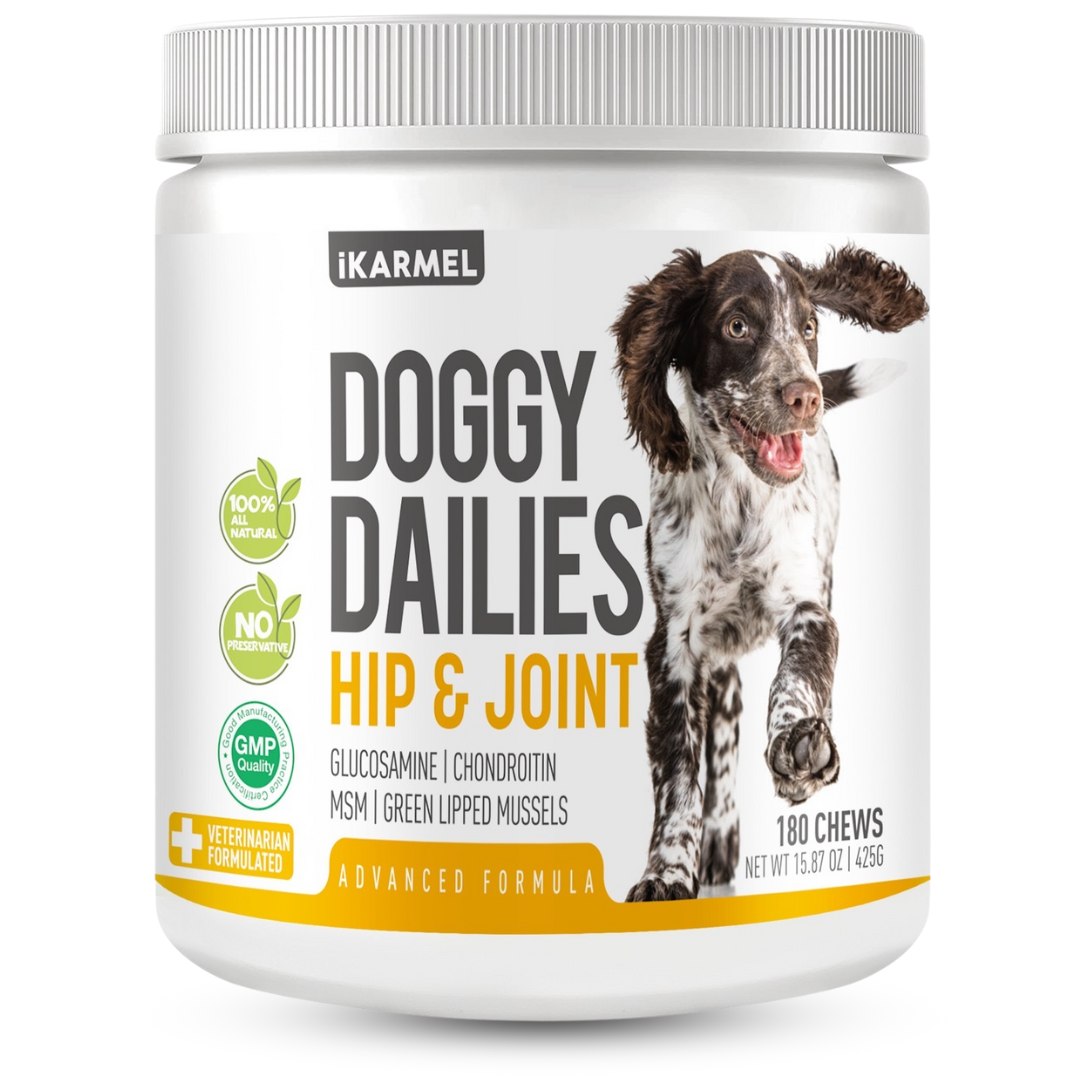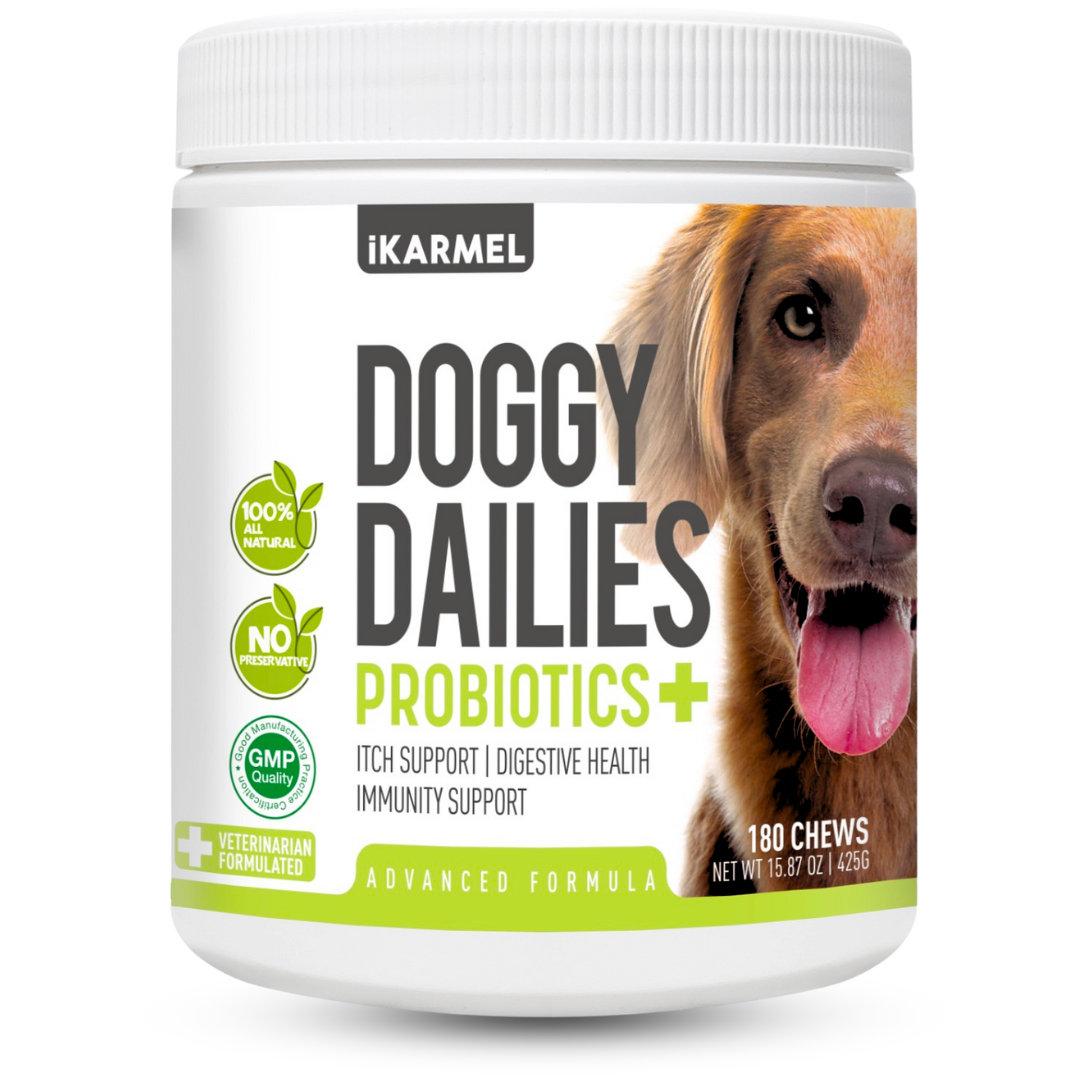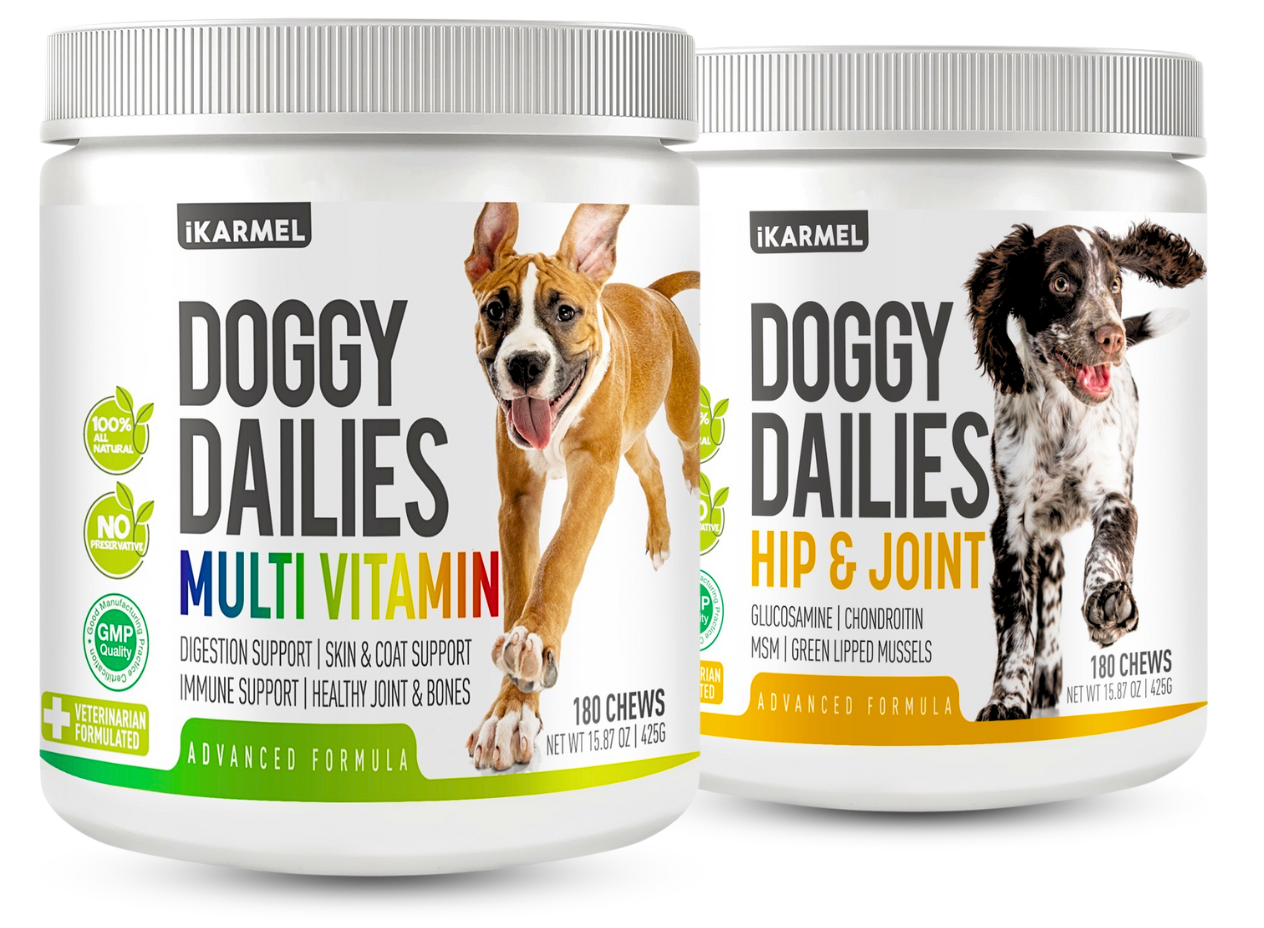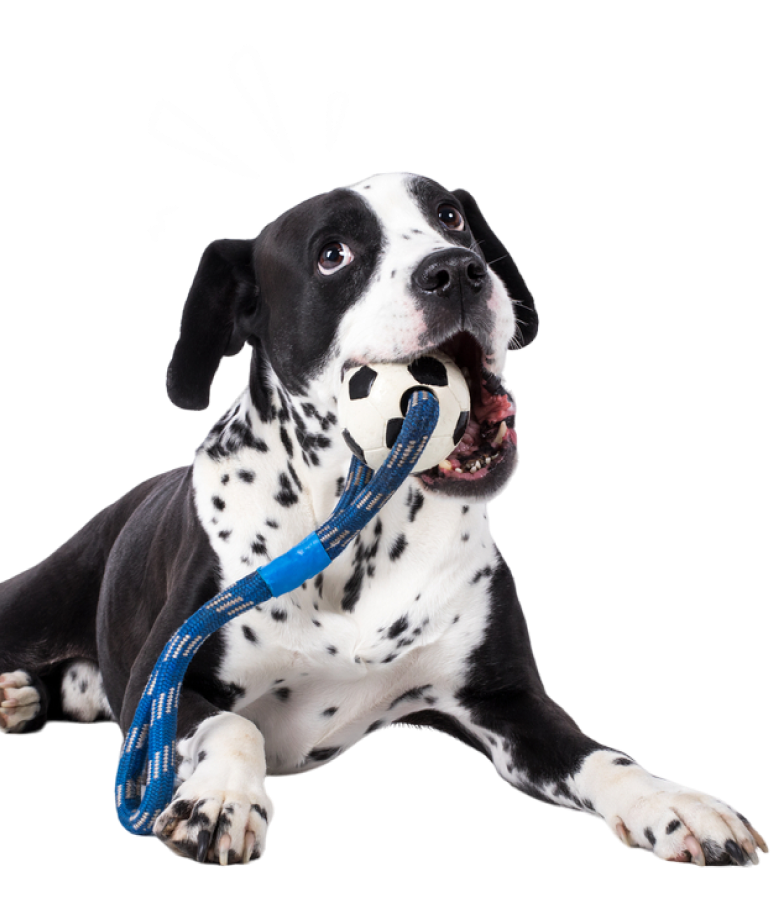How to Help a Dog with Separation Anxiety When You Go Back to Work
Separation anxiety in dogs can be heartbreaking for both pets and their owners. If your dog experiences stress or panic when left alone, you're not alone. Many pet parents face this challenge, especially when transitioning back to office life or busier routines.
The good news? With patience and the right strategies, you can help your dog feel more secure and calm when you’re not at home.
This guide will walk you through practical techniques to ease your dog’s separation anxiety and support their emotional wellbeing.
What Is Separation Anxiety in Dogs?
Separation anxiety in dogs is an intense stress response triggered when they are left alone or separated from their owners. This condition goes beyond typical canine behaviors like the occasional bark while you're out.
Dogs suffering from anxiety may display:
- Excessive barking or howling
- Chewing furniture or scratching doors
- Pacing, drooling, or trembling
- Attempting to escape the house or crate
- Loss of appetite
Signs Your Dog May Have Separation Anxiety
Watch for these common symptoms of separation anxiety in dogs:
-
Destructive behaviour aimed at doors, windows, or furniture
-
Excessive panting or drooling
-
Clinginess and constant following
-
Continuous howling or whining after you leave
These behaviours stem from fear and stress, not disobedience. With focused attention and a consistent routine, your dog can regain confidence.

Why Does Separation Anxiety Happen?
Changes in routine are a leading cause. For example, during the pandemic, many people began working from home, spending all day with their dogs. Shifting back to external office work can create confusion and anxiety for these pets.
Other triggers can include:
- Lack of prior alone-time training
- A history of abandonment, common in rescue dogs
- Moving to a new home or environment
- Stressful events, such as losing another pet or family member
Understanding these triggers is the first step in helping your dog adapt to changes in your schedule.
6 Steps to Help a Dog with Separation Anxiety
1. Gradual Alone-Time Training
Desensitise your dog by slowly increasing the time they spend alone:
-
Begin by leaving the room briefly and returning before anxiety sets in
-
Increase the duration over time, rewarding calm behaviour
-
Use positive reinforcement, such as praise or treats, when they remain relaxed
Pro Tip: Use departure cues like picking up keys or putting on shoes to create positive associations. Pair these with something enjoyable, like a treat.
Support their progress with natural aids like iKarmel’s Dog Calming Treats. Made with calming ingredients such as chamomile and valerian root, these calming chews help ease nervous behaviours.
2. Create a Calm Pre-Departure Routine
If your dog senses that you’re gearing up to leave (e.g., putting on shoes or picking up your bag), they may start to panic. To avoid this:
- Practice performing these actions without leaving the house.
- Stay calm and neutral as you prepare to leave. Avoid excessive goodbyes.
This helps minimise anxiety build-up and reduces your dog’s anticipation of a long separation.
3. Physical and Mental Stimulation
A tired dog is a calmer dog! Provide your pup with physical and mental exercise before leaving.
- Take your dog for a brisk walk or a game of fetch. Physical activity helps burn off pent-up energy.
- Engage your pup with puzzle toys or treat-dispensing games to keep their mind occupied when you’re away.
Interactive toys or chewables make great distractions. Dogs prone to anxiety may benefit from the calming effects of iKarmel’s Dog Calming Treats. These tasty chews are perfect for reducing nervous energy.
4. Make Crates or Bedrooms a Safe Space
Your dog needs a comfortable, secure area to relax during your absence.
- Introduce crate training or designate a quiet, cosy room with familiar items, like their favourite blanket, soft bedding, and your scent.
- Add calming aids like pheromone diffusers or white noise machines for extra relaxation.
If your dog associates this space with positive emotions, they'll feel safer and less anxious.
5. Seek Outside Help When Needed
For severe anxiety, professional help may be necessary:
- A certified dog trainer or behaviourist can develop a targeted plan for your pup.
- Veterinary behaviourists may recommend medication for extreme cases.
- Doggy daycare or hiring a dog walker can also break up long absences.
6. Give It Time and Stay Patient
Behaviour change doesn’t happen overnight. Small wins are important! Celebrate progress, no matter how gradual. Provide consistent reassurance and stick to routines to help your dog feel secure.

The Role of Natural Calming Supplements
Natural calming aids can work wonders for dogs with separation anxiety. iKarmel's Calming Chews are specially formulated to reduce stress without causing drowsiness. These vet-approved supplements combine powerful ingredients like:
- Chamomile for relaxation
- L-Theanine for stress relief
- Valerian Root, a natural sedative
With regular use, these natural calming treats support better mood stability, making them a great addition to your dog's routine.
FAQs: Helping Dogs with Separation Anxiety
1. How long does it take to treat separation anxiety in dogs?
It depends on your dog's personality and the severity of their anxiety. Mild cases can improve within weeks, while more severe cases might take several months.
2. Can calming products replace training?
Calming treats and supplements can help reduce anxiety but should complement training, not replace it. Pair calming treats with with consistent behaviour modification for the best results.
3. Is crate training helpful for dogs with anxiety?
Yes, when done correctly. Always introduce the crate as a positive, safe space and never use it as punishment.
4. Can exercise truly help reduce anxiety?
Absolutely! Physical activity helps release pent-up energy and lowers stress levels, leaving your dog in a calmer state of mind.
5. Should I get a second dog to help with separation anxiety?
Adding another pet doesn’t guarantee reduced anxiety. Sometimes, it can create additional stress for your dog. Focus on proven strategies before introducing this option.

Create a Calmer Future for Dogs with Separation Anxiety
Separation anxiety takes effort and patience to address, but the results are worth it. By gradually adjusting your dog to periods of being alone and adding supportive aids like iKarmel’s Dog Calming Treats, you can help them feel more secure.
Remember, you don’t have to tackle anxiety alone. Whether through professional trainers or natural supplements, support is available to restore peace to your pup’s world.
Begin easing their anxiety and enjoy calmer days ahead with the help of iKarmel.



















